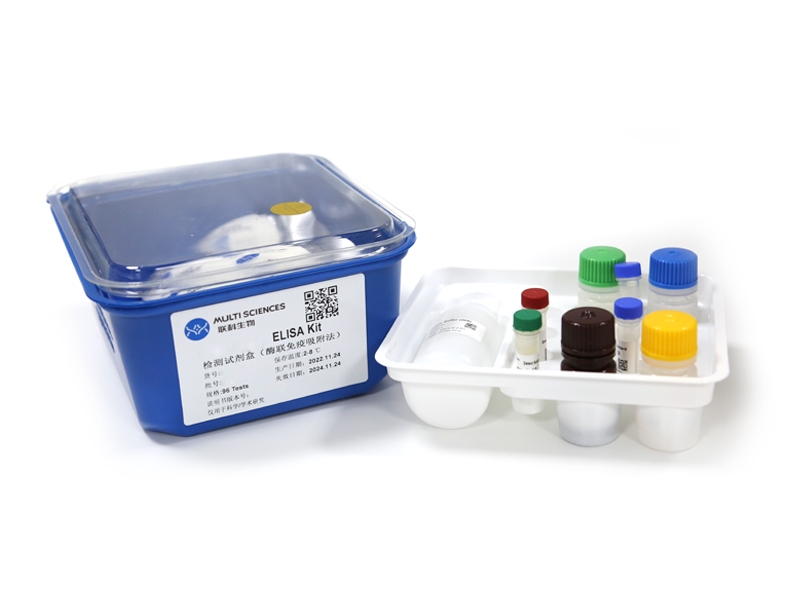During atherosclerosis development, nicotine and its α1 nicotinic acetylcholine receptors (nAChRα1) activate atherogenic inflammation. However, the effect of signal transducer and activator of transcription 3 (STAT3)-related inflammatory pathways in nicotine-induced atherosclerosis has been poorly studied. This study investigated the transcriptional mechanism of STAT3 in nicotine/nAChRα1-induced atherosclerosis. In vivo, ApoE-/- mice were used to establish an atherosclerotic model. Plaque area and composition were assessed by oil red O staining and immunohistochemistry. In vitro, vascular smooth muscle cells and macrophages were used to investigate cell migration, proliferation, inflammation and related signaling pathways by Transwell migration assay, EdU assay, immunofluorescence, western blotting, coimmunoprecipitation and chromatin immunoprecipitation. nAChRα1 knockdown significantly decreases the nicotine-induced upregulation of p-STAT3, p-Akt and p-mTOR in vitro, while nAChRα1 overexpression has the opposite effects. The inhibition of STAT3 attenuated nicotine-induced atherosclerosis, by reducing the proliferation and migration of vascular smooth muscle cells and inflammation in macrophages. Moreover, there is a direct interaction between STAT3 and nAChRα1 that modulates STAT3 nuclear translocation and its binding to the Akt promoter region upon nicotine exposure. Taken together, STAT3 and nAChRα1 blockade attenuates nicotine-induced atherosclerosis by reducing the migration and proliferation of vascular smooth muscle cells and inflammation in macrophages via the Akt/mTOR pathway.
文章引用产品列表
-
- EK280
- ELISA试剂盒
Mouse IFN-gamma ELISA Kit检测试剂盒(酶联免疫吸附法)
- ¥1,600.00 – ¥10,800.00
-
- EK210
- ELISA试剂盒
Mouse IL-10 ELISA Kit检测试剂盒(酶联免疫吸附法)
- ¥1,600.00 – ¥10,800.00



